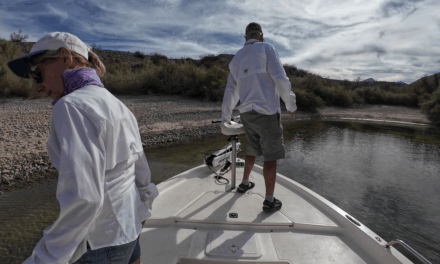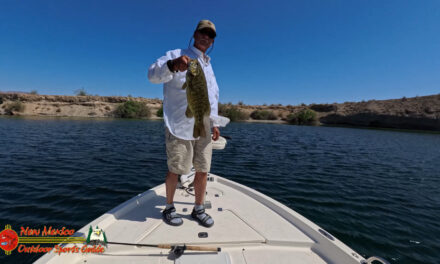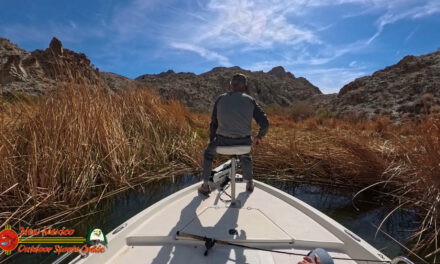TPWD Commission Confirms Jasper Site for New Fish Hatchery – Lake Mohave
AUSTIN, Texas — The Texas Parks and Wildlife Commission voted Nov. 3 to approve the Jasper County bid to host a new East Texas freshwater fish hatchery for the Texas Parks and Wildlife Department. The commission vote completes the new hatchery site selection process, confirming a recommendation made last month by the private, nonprofit Texas Parks and Wildlife Foundation.
More than a dozen elected officials and community leaders from across the region came to the commission meeting to express their support for the hatchery, including several communities that bid for the project but were not selected.
“I’m reminded of the Caddo and Coushatta tribes that lived long ago in deep East Texas,” said Jimmie Cooley, mayor of Woodville, which had teamed with Tyler County to submit a hatchery bid. “Those tribes knew no county lines, and we know no such boundaries with our neighbors in Jasper. We will share our resources to make this a successful project for all of East Texas.”
“Tyler County submitted a proposal and fought hard for this project,” Tyler County Judge Jerome Owens said. “We gave it a good fight, but we are here to let you know that we support the Jasper proposal and will do all we can to make it a truly regional hatchery.”
Jasper County officials welcomed the participation from Tyler County and invited neighboring counties and communities to make the hatchery a regional project.
“We know that the location of this hatchery in East Texas will be a great benefit to the citizens of the entire region and to all the people of Texas,” said Joe Folk, Jasper County Judge. Officials with the Deep East Texas Council of Governments and other communities expressed similar sentiments.
“We deeply appreciate the spirit of regional cooperation that is developing around the new hatchery project,” said Joseph Fitzsimons, TPWD Commission chairman. “There were many fine proposals by local communities, and it was a difficult decision. We fully support the concept of making this a venture that will benefit the entire region.”
The Jasper County proposal was valued at approximately $28 million over 50 years, $4 million higher than the next highest bidder. It offered the largest land area at 200 acres. And it was also the only hatchery proposal that would require minimal water pumping, and with water delivered by gravity flow during parts of the year. The site is well-suited for hatchery construction, and will be cleared at no cost to TPWD.
The Jasper County proposal will locate the new hatchery near the Sam Rayburn Reservoir dam on property owned by Temple-Inland. The site is currently a managed forest logging operation.
Other partner offerings in the Jasper County proposal include water and financial support from the Lower Neches Valley Authority, a new county road to the site with possible assistance from the Texas Department of Transportation, and additional support from the U.S. Army Corps of Engineers.
The new hatchery will replace the present Jasper Fish Hatchery, which was opened in 1932 and has had no major renovation or modernization since the late 1940s. The primary funding source for the new hatchery and for improvements at other hatcheries in the TPWD system will come from a new $5 freshwater fishing stamp that was required beginning Sept.1, and from community and corporate support.
Fish hatchery production, along with fisheries management, regulations and law enforcement, helps sustain the high quality of fishing in Texas, an important part of the state economy. Freshwater anglers in Texas generated $1.49 billion in retail sales in 2001 based upon data collected by the U.S Fish and Wildlife Service. This angling activity generated $733 million in wages and salaries annually.
There are still major sponsorship opportunities available in connection with the new hatchery. For sponsorship details, contact the Texas Parks and Wildlife Foundation at (214) 720-1478. – Lake Mohave
Read More






